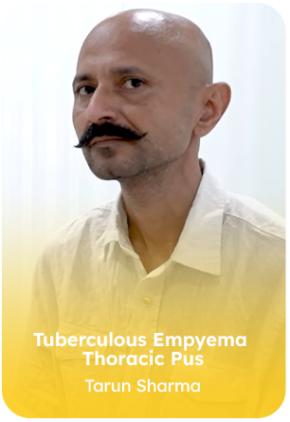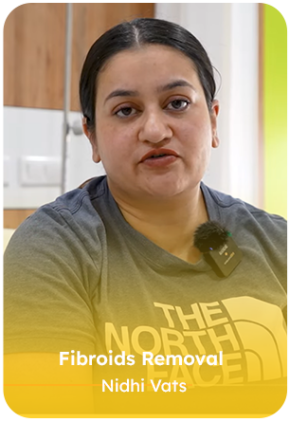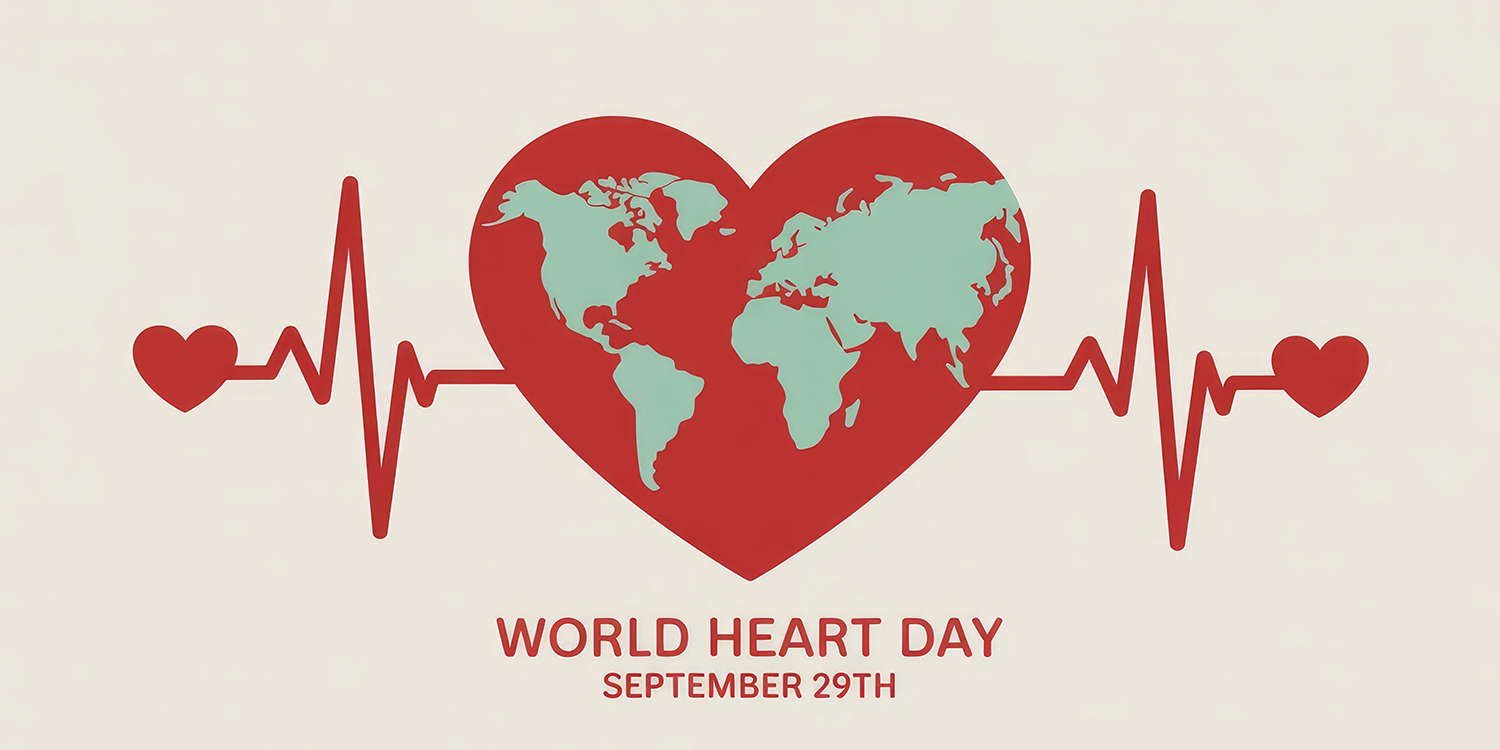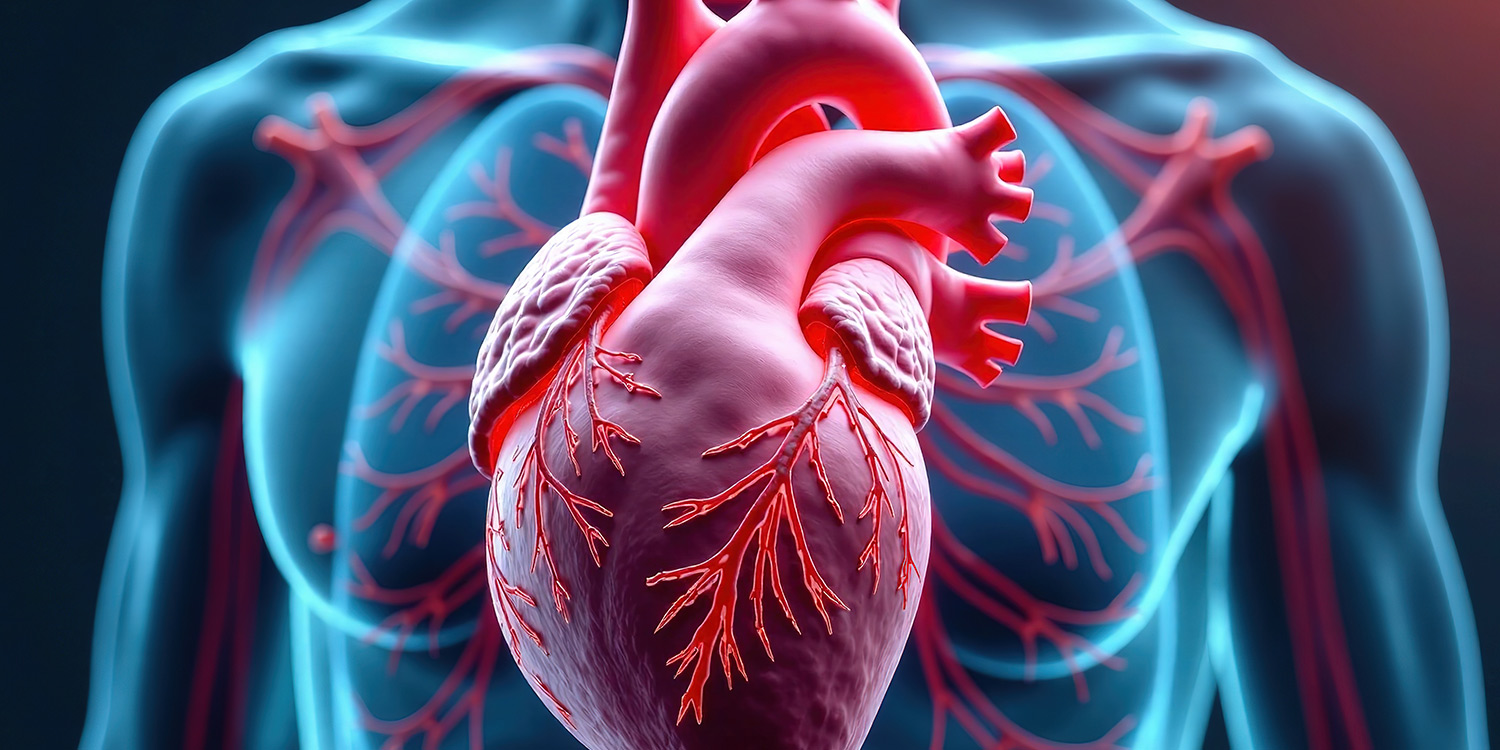Transcatheter Aortic Valve Implantation (TAVI), also known as Transcatheter Aortic Valve Replacement (TAVR), is a minimally invasive cardiac procedure used to treat severe aortic valve stenosis. Unlike traditional open-heart surgery, TAVI/TAVR allows doctors to replace a damaged heart valve using a catheter inserted through a blood vessel, offering a safer alternative for elderly or high-risk patients.
At Graphic Era Hospital, TAVI/TAVR is performed by an expert team of interventional cardiologists using state-of-the-art technology and advanced imaging systems. As part of our specialised Transcatheter Valve Replacement programme, the procedure is carried out in a high-precision environment with a focus on safety, comfort, and recovery. From diagnosis to rehabilitation, every patient receives comprehensive care tailored to their cardiac needs.
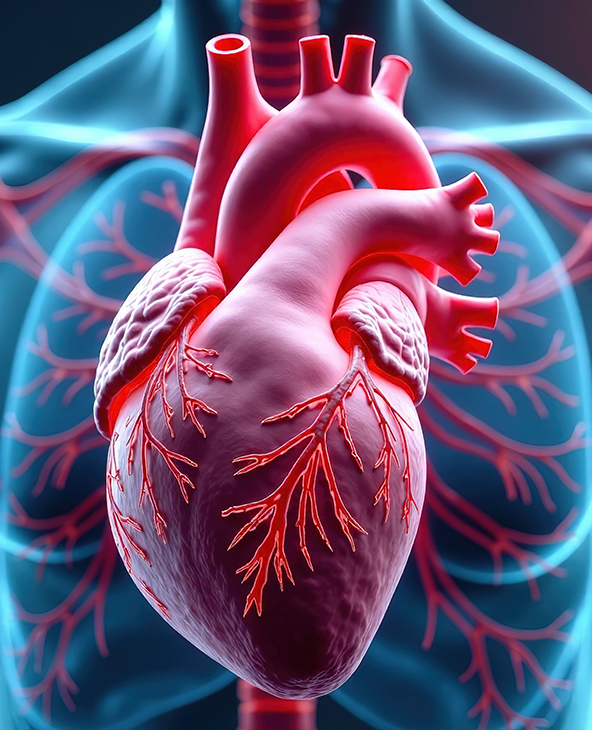
When to Seek Evaluation for Aortic Valve Replacement
Aortic valve stenosis often develops gradually, making early detection challenging. However, timely evaluation is essential to prevent complications such as heart failure or sudden cardiac events. The following symptoms may indicate the need for aortic valve replacement through TAVI/TAVR or another intervention:
- Chest pain or pressure, especially during physical activity
- Shortness of breath while walking or lying flat
- Dizziness or fainting episodes (syncope)
- Fatigue during routine tasks or exercise
- Swelling in the legs, ankles, or feet
- Rapid or irregular heartbeat
- Difficulty recovering after exertion
- Noticeable decline in stamina
- Heart murmur detected during physical examination
- Diagnosis of severe aortic stenosis on an echocardiogram
Schedule Your Appointment with
Our Expert Doctors
We are dedicated to driving lasting, positive transformation in healthcare management through innovation and patient-centered solutions.
Types of TAVI Procedures Offered at Graphic Era Hospital
At Graphic Era Hospital, our cardiology team offers multiple approaches to TAVI, customised according to the patient’s anatomy, clinical condition, and risk profile. Each method is performed using advanced catheter-based technology to ensure safety and precision.
- Transfemoral TAVI: The most common and least invasive approach, where the valve is delivered through a catheter inserted into the femoral artery in the groin. No chest incision is required.
- Transapical TAVI: Used when transfemoral access is not suitable. The valve is inserted through a small incision in the chest, accessing the apex of the heart directly.
- Transaortic TAVI: Involves direct access to the aorta via a small incision in the upper chest. This is reserved for patients with unsuitable femoral or apical access.
- Balloon-Expandable Valves: These valves are expanded using a balloon once they reach the aortic position. They provide high radial strength and precise placement.
- Self-Expanding Valves: These valves automatically expand upon deployment. They are often used in patients with more complex valve anatomy or fragile vessels.
Why Choose Graphic Era Hospital for TAVI/TAVR?
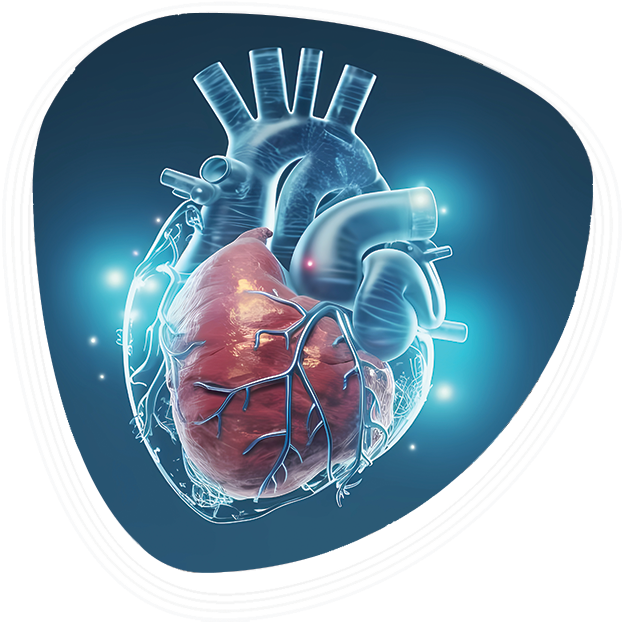
Post-TAVI Care and Life After Valve Replacement
Recovery after TAVI is typically quicker and less demanding than open-heart surgery, but ongoing care is essential to ensure valve function, prevent complications, and support long-term cardiac health. At Graphic Era Hospital, our team provides structured post-TAVI follow-up and rehabilitation.
- Immediate Monitoring: Patients are observed in the cardiac critical care unit (CCU) for the first 24–48 hours to monitor heart rhythm, blood pressure, and valve function.
- Medication Management: Antiplatelet or anticoagulant medications are prescribed to prevent blood clots. Other cardiac medicines may be adjusted based on blood pressure, heart rhythm, and overall recovery.
- TAVI Recovery Timeline: Most patients are discharged within 3 to 5 days. Light activity may be resumed within a week, with full recovery depending on overall health and coexisting conditions.
- Cardiac Rehabilitation: A structured rehabilitation plan, including supervised exercise, dietary advice, and emotional support, helps patients regain strength and confidence after valve replacement.
- Life After TAVI: Symptoms such as breathlessness and fatigue usually improve significantly. Long-term lifestyle modifications such as a heart-healthy diet, regular walking, smoking cessation, and blood pressure control are key to sustaining valve health.
- Follow-Up and Monitoring: Periodic echocardiograms and cardiology visits are scheduled to assess valve function and address any late complications such as valve degeneration or rhythm disturbances.
Top Procedures
- Transcatheter aortic valve implantation (TAVI/TAVR)
- Balloon-expandable and self-expanding valve procedures
- Transfemoral, transapical, and transaortic TAVI approaches
- Minimally invasive valve replacement for high-risk patients
- Post-TAVI cardiac rehabilitation and long-term follow-up care
Patient Stories
Blog
Frequently Asked Questions (FAQs)
What is a TAVI procedure and how does it work?
TAVI (Transcatheter Aortic Valve Implantation) is a minimally invasive procedure used to replace a narrowed aortic valve without the need for open-heart surgery. A catheter is used to deliver a new valve to the heart, restoring normal blood flow.
Who is a suitable candidate for TAVI/TAVR cardiac surgery?
TAVI/TAVR is recommended for patients with severe aortic valve stenosis who are considered high-risk or unsuitable for traditional aortic valve replacement surgery. It is especially beneficial for elderly patients or those with multiple medical conditions.
What are the steps involved in the TAVI/TAVR procedure?
The TAVI procedure involves inserting a catheter through an artery, commonly via the groin (transfemoral), guiding it to the heart, and placing a new valve inside the diseased aortic valve. It is then expanded using a balloon or self-expands to take over normal valve function.
What are the advantages of TAVI over open-heart surgery?
TAVI is less invasive, requires no large incisions or heart-lung machine, has a shorter recovery time, and is associated with lower procedural risk, especially in frail or elderly patients.
What are the risks or complications of TAVI/TAVR?
Possible risks include bleeding, stroke, vascular injury, valve leakage (paravalvular leak), arrhythmias, and, in rare cases, the need for a pacemaker. However, the procedure is generally considered safe, especially compared to open-heart surgery in high-risk patients.
Can TAVI treat all cases of aortic valve disease?
TAVI is primarily used for treating aortic stenosis. Some selected patients with aortic valve regurgitation or prior valve surgeries may also be eligible, depending on the clinical scenario.
Is TAVI a form of heart wall operation or repair?
TAVI is not a heart wall operation, but it does involve inserting a valve stent inside the heart. It is considered a form of heart valve repair without surgery and avoids cutting into the chest wall.
What post-TAVI care is required?
Post TAVI care includes monitoring in a CCU, regular follow-up with echocardiograms, medication management, and lifestyle adjustments such as a heart-healthy diet, exercise, and blood pressure control.
What is the difference between TAVI and TAVR?
TAVI (Transcatheter Aortic Valve Implantation) and TAVR (Transcatheter Aortic Valve Replacement) refer to the same procedure. The terms are used interchangeably in different regions – TAVI is more commonly used in Europe, while TAVR is preferred in the United States. Both describe a minimally invasive technique to replace a narrowed aortic valve that fails to open properly (aortic stenosis).
Who is a candidate for TAVI/TAVR?
This procedure is typically recommended for patients with severe aortic stenosis who are at high or intermediate surgical risk due to age, frailty, or other health conditions. It may also be considered for low-risk patients based on cardiology evaluation.
How long is the recovery after TAVI/TAVR?
Most patients experience a shorter hospital stay and quicker recovery compared to traditional surgery. Many can return to normal activities within a few days to a couple of weeks, depending on individual health and response to the procedure.
